I am not sure if this is solveable, but I though I will ask anyway.
In my company we deal with massive enrollment camps where small teams of 5 to 10 people go to a village and enroll people. The enrollment involves entering some data, capturing fingerprints and taking a mug-shot of the end-user using a webcam. Understandably enrollment is done by external vendors to whom we have outsourced the activity.
Since the no of records are overwhelmingly large trying to verify records manually is making the entire process slow. So we have automated as many things as possible except for one thing, which is to check if the photo captured using the webcam is of good quality.
I know, "Good Quality" is a vague term which cannot be translated to a software based solution. However, while trying to define Good Quality to myself, I found this: http://en.wikipedia.org/wiki/Image_quality
Now, finally coming to my question, what parts of these image quality checks can be automated.
Note: The photographs will be printed on a smart-card in stamp-size. They would barely be 100x125 pixels at 300 DPI.
Cheers, Raghu
